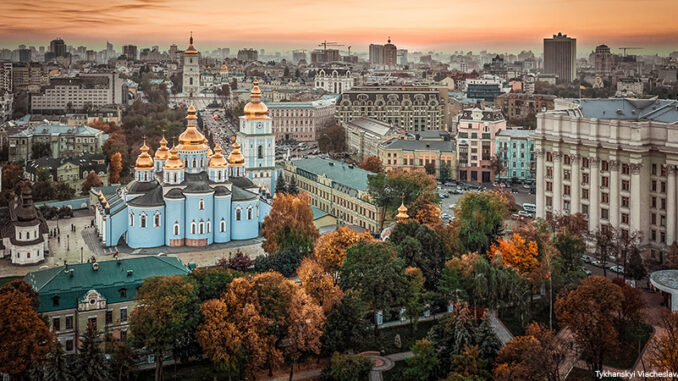
Recent headlines and news feeds have been dominated by stories about the Russian invasion of Ukraine, an independent democratic nation of 44 million people. What caused Russia to invade its neighbor? What is Russian president Vladimir Putin’s goal? How will the rest of the world respond? Here, btw takes a closer look at this volatile situation as it continues to unfold.
What Has Happened So Far?
To understand the roots of the present-day invasion, one must look back several years. In 2014, Victor Yanukovych, the pro-Russian president of Ukraine, , was removed from office after months of protests. Putin then claimed that Ukraine had been taken over by extremists. A separatist rebellion against Ukrainian forces began in the eastern region that killed 14,000 people. . At the same time, Russia seized a southern part of Ukraine called Crimea. Since then, Ukraine has attempted to strengthen its bonds with the European Union (EU) and NATO, which Putin views as a threat to Russian power in eastern Europe. In 2021, Putin began stationing troops at the Ukrainian border while claiming that he had no plans to launch an invasion.
On February 24, 2022, President Putin announced that Russia was no longer safe from what he claimed was an ever-present threat from Ukraine. He then proceeded to launch a full-scale invasion of Ukraine from the north, east, and south.
What Does Putin Say?
Putin claims that a military invasion is necessary to protect the Russian people, who Putin says have been subjected to genocide and bullying from Ukraine. The Russian people living in Ukraine are the largest ethnic minority in the nation. Russians make up around 15 percent of the total population. Putin also accused Ukraine of being run by Nazis. There is no evidence beyond Putin’s accusations, of genocide in Ukraine, and its president, Volodymr Zelensky, is Jewish. Putin has demanded that Ukraine never join NATO, and he insists that Russia and Ukraine are really one nation.
Ukraine does have a tangled history with Russia, as it was part of the Soviet Union throughout much of the twentieth century. When the Soviet Union dissolved at the end of the Cold War, Ukraine declared independence. It has been independent since 1991 and has been internationally recognized as an independent nation. Russian is spoken by almost 30 percent of the population, though Ukrainian is the official language.
Ukraine Responds
The Ukrainian military has called up all reservists aged eighteen to sixty years old. Ukrainian President Volodymr Zelensky has joined his troops on the front lines. In fact, when the U.S. offered him the opportunity to exit to safety, he chose to stay and fight, telling the U.S., “The fight is here. I need ammunition. Not a ride.” At the same time, the Ukrainian people are providing tough resistance to the invasion, even as Russia continues to advance toward the capitol city of Kyiv in north central Ukraine.
The World Responds
These events mark the first time that a major power has invaded a neighboring European country since World War II. A huge number of refugees are crossing the borders into Poland, Hungary, Romania, Moldova, and Slovakia. More are likely to come. The EU estimates that this conflict could displace more than seven million people.
On February 24, NATO and the U.S. announced that they will not be sending combat troops to Ukraine. (Ukraine is not a NATO member, so it is not part of NATO’s mutual defense agreement.) President Biden and other western nation leaders are working to avoid beginning a war with a major nuclear power. However, NATO has deployed troops to surrounding nations, and has supplied weapons and ammunition to Ukraine. Meanwhile, the U.S. and other Western nations are invoking economic sanctions, cutting off key Russian banks, shutting off airspace to Russian airlines, personally sanctioning Putin, and banning Russian media outlets.

